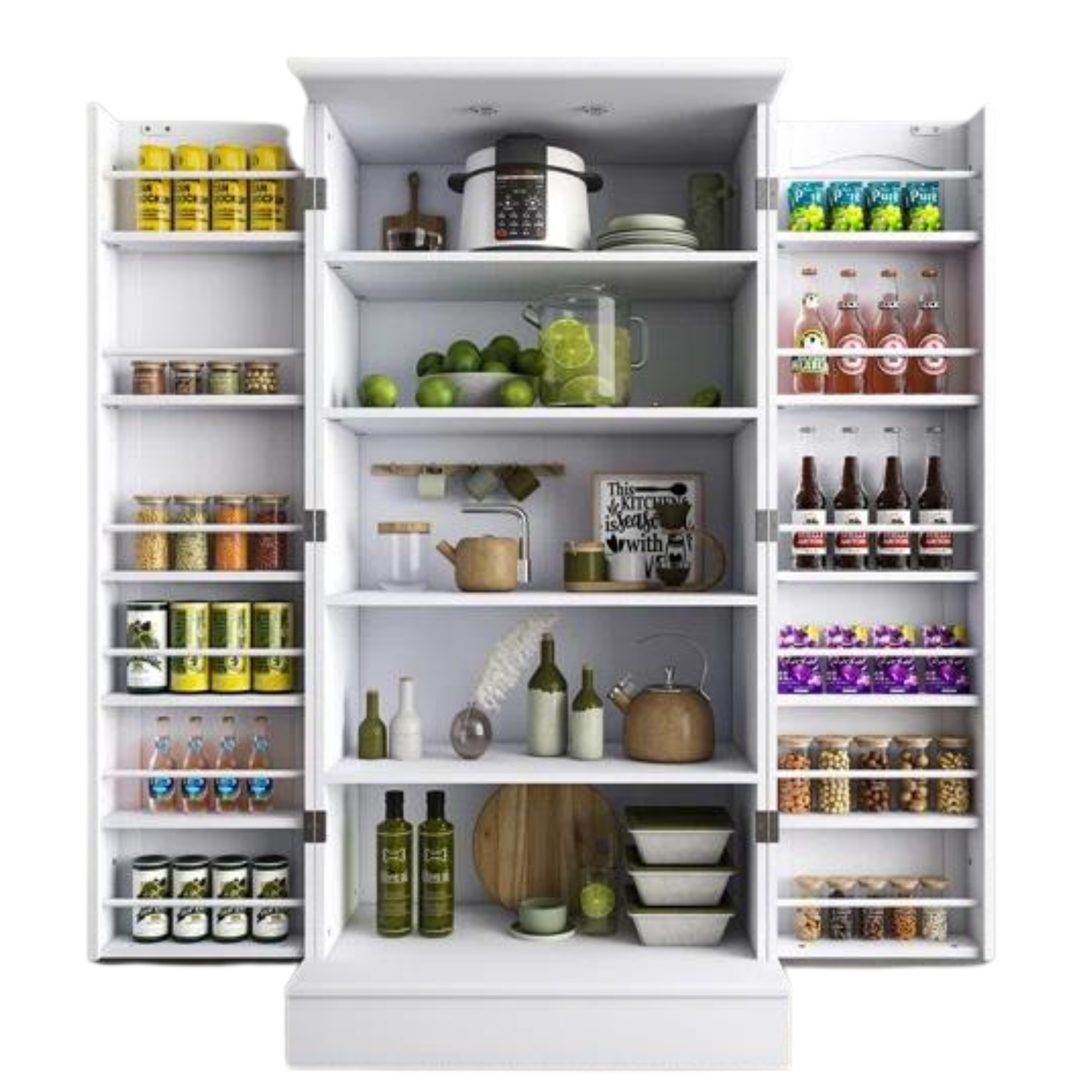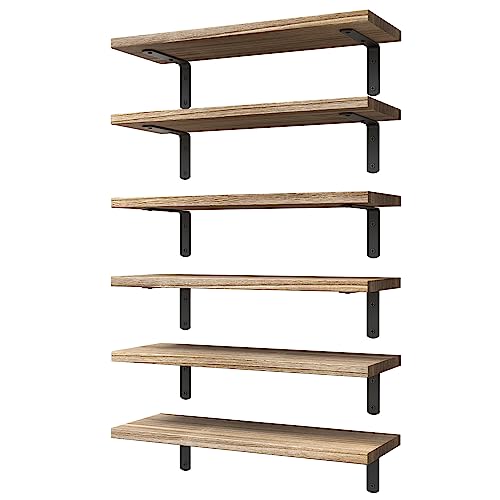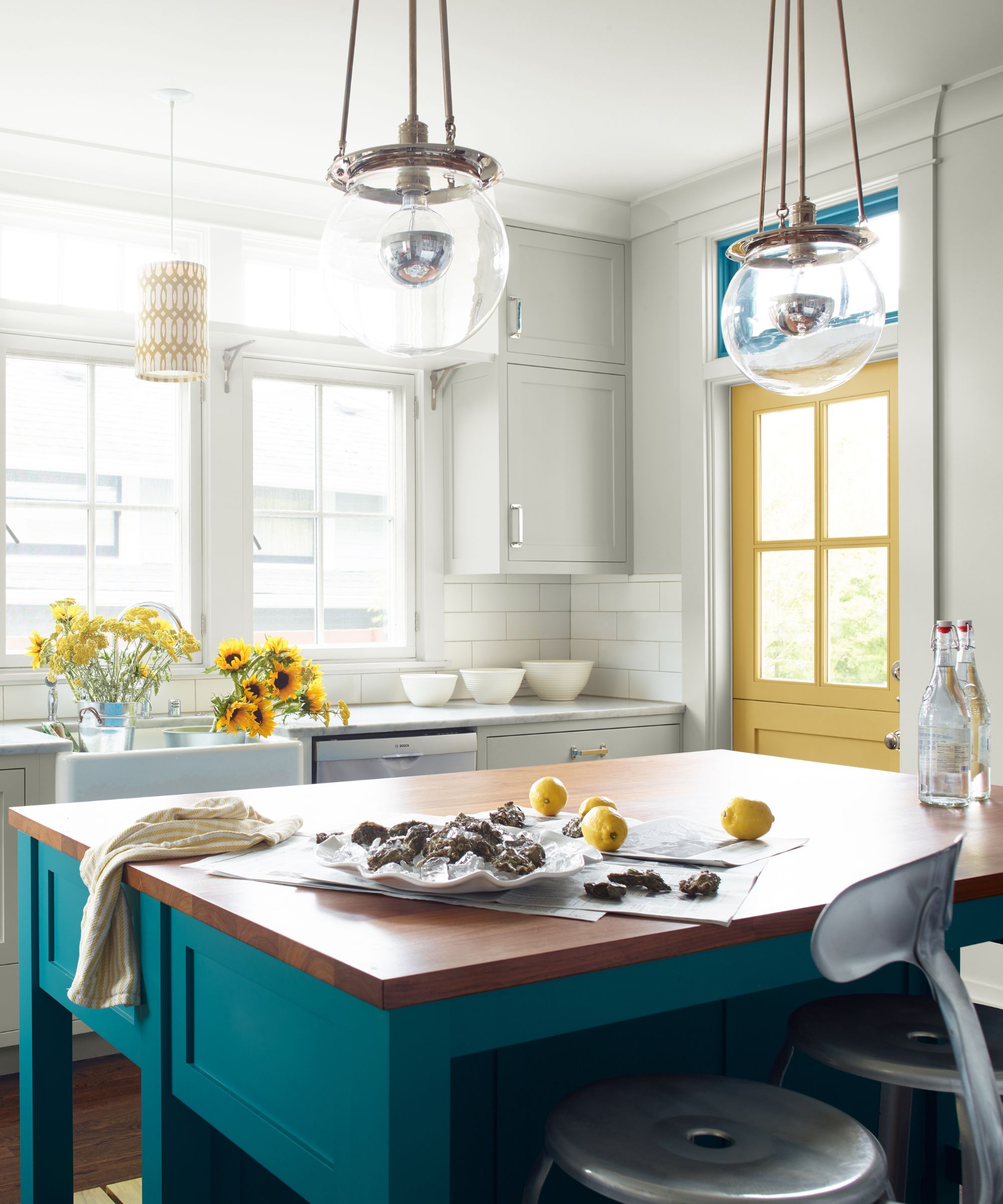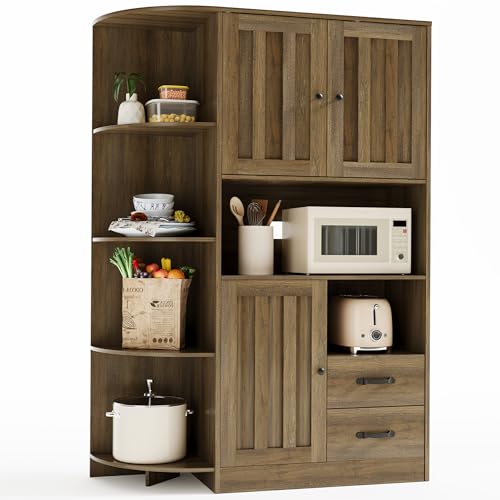
How did you setup and organize your kitchen? The pros will say to start from the busiest area and arrange your most needed items out from there.
If you don’t, you might end up with the most handy items in the most awkward of cabinets, or a serious lack of preparation space right where you need it. That’s the kind of poor kitchen organization our professional chef, who cooked for HRH Queen Elizabeth can’t help but always notice in residential kitchens.
Here, we reveal three of the poorly-organized kitchen features pro chefs always notice in badly-organized kitchens and what you can do to organize your kitchen like a chef for a flowing, well-ordered and fabulously functional space.
1. Lack of preparation space
Culinary advisor Kevin Ashton of Restaurantji and seasoned chef with over 40 years experience serving VIPs including HRH the late Queen Elizabeth II, says inadequate prep space is the first thing he notices in badly organized kitchens.
He explains, 'Never underestimate the importance of clear, accessible counter space because it is vital for seamless meal preparation. Cluttered counters with kitchen appliances or unnecessary items make it hard to chop, assemble, and organize ingredients efficiently.'
Learn how to declutter countertops in detail in our dedicated guide.
Kevin continues, 'A well-organized kitchen must prioritize clear surfaces with designated kitchen storage for tools and appliances to allow for a smooth workflow and a more enjoyable cooking experience.'
Kevin reckons it is somewhat ironic homeowners often like to keep all their appliances out for convenience, rather than sticky to sensible appliance placement rules.
He says the result is overcrowded counters with minimal prep space. 'Many people believe that easy access means efficiency, but that is not the case,' Kevin explains. 'Easy access always leads to clutter and confusion in the kitchen. It is essential to store all appliances properly and only keep frequently used items accessible. I prioritize functionality over display.’
To resolve this functional hindrance, invest in smart storage solutions such as pull-out drawers for inside cabinets (try the the pull-out extendable cabinet organizers from Walmart) and add overhead shelving to improve kitchen organization and clear your counters.
‘Create dedicated zones for preparation, cleaning, and cooking to maintain a structured kitchen layout,’ Kevin adds. ‘Store infrequently used appliances in kitchen cabinets or pantry spaces, reserving your counter space for essential, everyday tools.’
Kitchen shelving ideas can help boost storage and add aesthetic touches you'll love.
To further save space in your kitchen, Kevin’s advises purchasing versatile appliances that have multiple functions to reduce the need for multiple gadgets.
‘This way, you will increase efficiency and maximize the available space for a seamless cooking experience,’ Kevin says. ‘The VECELO Kitchen 6-Tier Pantry Door Organizers available on Amazon offer a great way to add extra storage space in your kitchen without the need to add a permanent fixture.

If you have floor space and not enough storage, opt for a freestanding pantry like this one where internal shelves can house appliances when not in use, as well as condiments, dry foods, utensils and much more. The rails inside the door shelving will stop things falling out whilst still keeping everything visible for ease.

Utilize vertical storage in your cabinets with this pull-out tiered storage perfect for kitchen cabinets. It comes in three different dimensions so hopefully you will find one that fits your space perfectly. This can optimize the cabinets directly around your food preparation and cooking space so you have what you need to hand.

As advised by professional chef Kevin Ashton, who cooked for HRH Queen Elizabeth, adding shelving near your preparation area can really maximize function in this vital space. You can also pop your cook books and other items for decorative effect.
2. Inefficient storage solutions

The second thing Kevin always noticed in badly organized kitchens is the root cause: a lack of smart storage solutions, leading to kitchen clutter. Assess yours with our kitchen decluttering checklist.
Professional chef Kevin explains, 'Inefficient storage solutions always lead to disorganization, which reduces kitchen functionality and makes meal preparation harder and more boring. When tools and ingredients cannot be accessed easily, it usually disrupts the flow of cooking, causing delays and frustration.'
Poor storage also leads to clutter, which can increase stress and make your kitchen feel cramped. 'You waste a lot of time searching for items instead of focusing on cooking,' Kevin adds.
I couldn't agree more. I am currently in the process of selling a beautiful but not-often-used high-backed kitchen bench (a refurbished church pew) to replace it with a freestanding kitchen larder for added storage. This will give me both more storage space to free up my kitchen counters, but also a spot to move less used items to from the most used cabinets in my open plan kitchen-diner.

This is exactly the kind of freestanding kitchen pantry I will be going for when I'm ready to buy. It has a mix of visible and hidden storage and lots of space to put appliances, which will free up my counter space as pro chef Kevin has advised. I particularly like that you can adjust the shelves to the height that suits your needs.
Kevin has some tips for picking the right kind of kitchen storage that will maximize space without new cabinets and will suit your particular needs.
He says, 'A common misconception among homeowners is that more storage equals better organization. Many believe that adding drawers, cabinets, or shelves will solve their organizational problems, but that is not the case. You need thoughtful planning to manage your storage space efficiently. The real solution is maximizing space efficiency. Prioritize easy access to frequently used kitchen items and eliminate unnecessary tools.'
Doing a full kitchen declutter will help you also eliminate duplicates and items you had forgotten about. The 'didn't know' decluttering method is simple and effective: if you didn't know you had it, get rid of it.
Kevin agrees, stating prioritizing function over storage space is key. 'The first thing you need to do is declutter your kitchen storage space,' he says. 'Get rid of all items you rarely use and organize your kitchen around frequently used tools. Go for customized storage solutions such as pull-out shelves and drawer organizers for better organization.
'Every item should be stored close to where it will be used. When purchasing new kitchen appliances, prioritize multi-functionality to save space and reduce clutter in the drawers around you. I particularly like the Pipishell Bamboo Expandable Drawer Organizer available on Amazon for storing small but vital items such as cutlery neatly.
3. Improper lighting
Poorly lit kitchens make it harder for home chefs to see clearly while performing essential tasks such as measuring, chopping, and even reading recipes. Kevin says, 'This can lead to a slow cooking process, mistakes, and even pose safety risks. Inadequate lighting also affects the kitchen's overall ambiance, making it feel less inviting to work in.'
Whilst it might look and feel cozy to install ambient lighting, it's not enough. Kevin adds, 'Many homeowners will only have a single overhead light or decorative lighting, and assume that it will illuminate the entire kitchen. However, ambient lighting creates shadows on work surfaces, which hampers visibility. Many homeowners overlook the importance of task lighting in specific zones, such as over-the-countertops, which is crucial for safety, efficiency, and comfort.'
I had this problem in the kitchen-diner of my newly built home so for an interim measure, I added LED rechargeable motion sensor lights from Amazon underneath my kitchen cabinets, which illuminate directly over the counters I use most for food preparation. If you're averse to abundant over-head lighting, this might also be a good addition for you.
Professional chef Kevin also advises placing your lighting sources strategically. He says, 'Place it directly over work areas such as countertops, the stove, or the sink. You can also install under-cabinet lighting to eliminate shadows and improve visibility. I prefer using bright LED fixtures that provide clear, consistent light such as the MYPLUS 16 Inch Under Cabinet Lights with Hand Wave from Amazon.
For more pro tips, delve into the hacks professional chefs use to organize their kitchens, and the items professional chefs say every kitchen should have.







